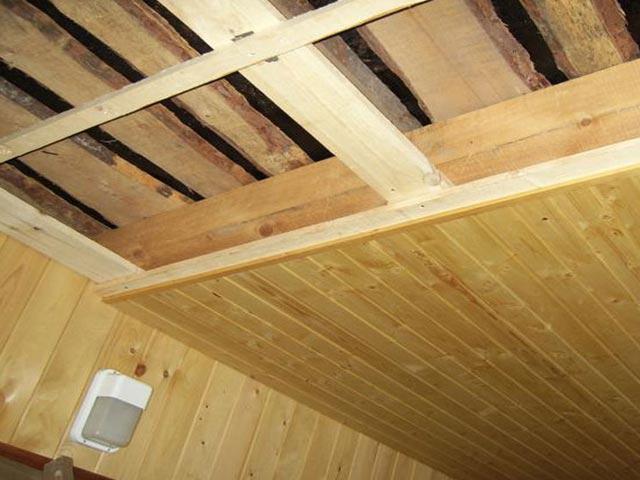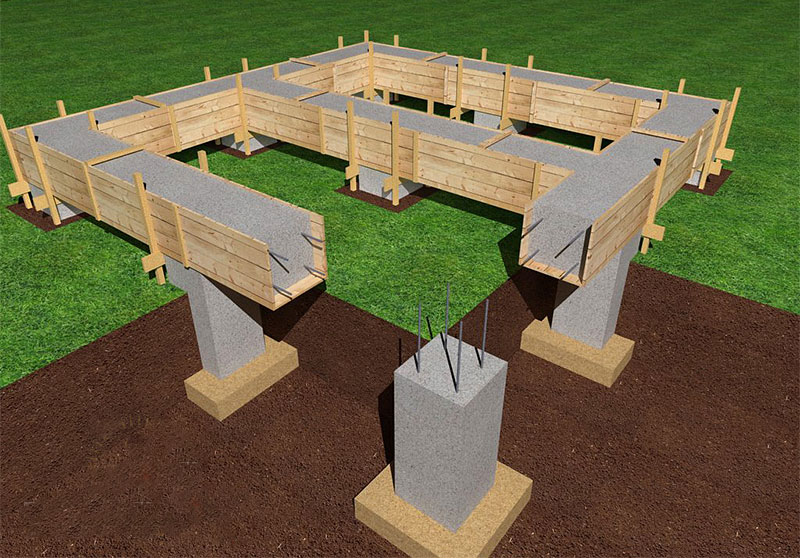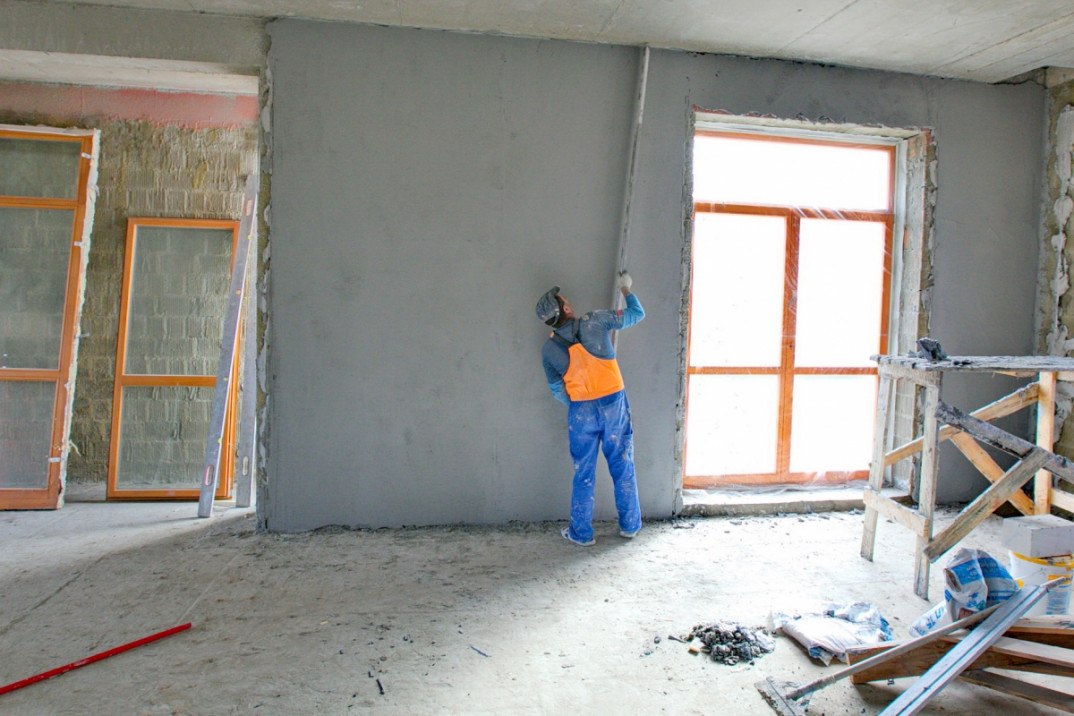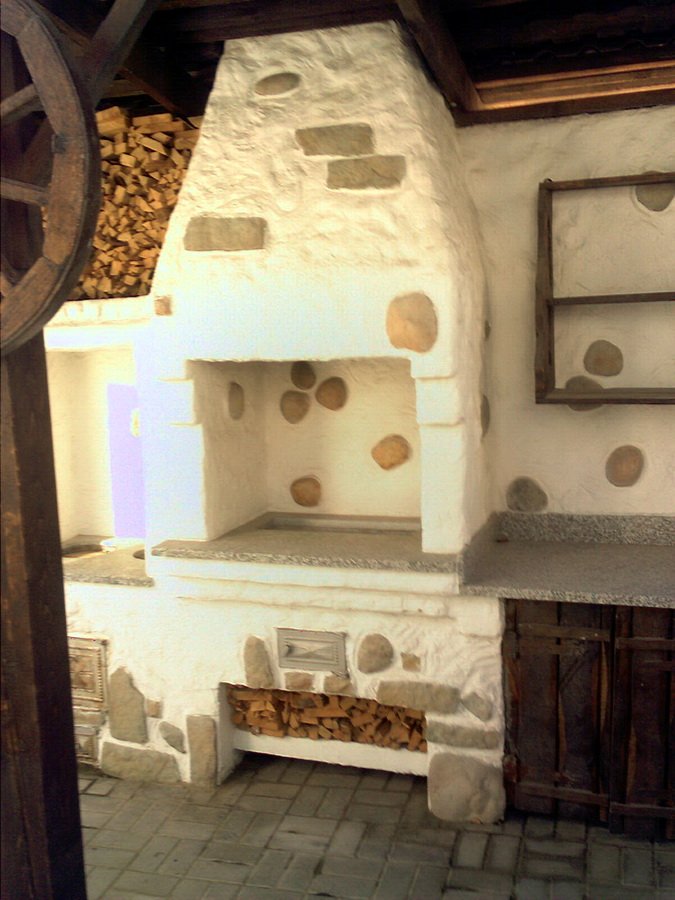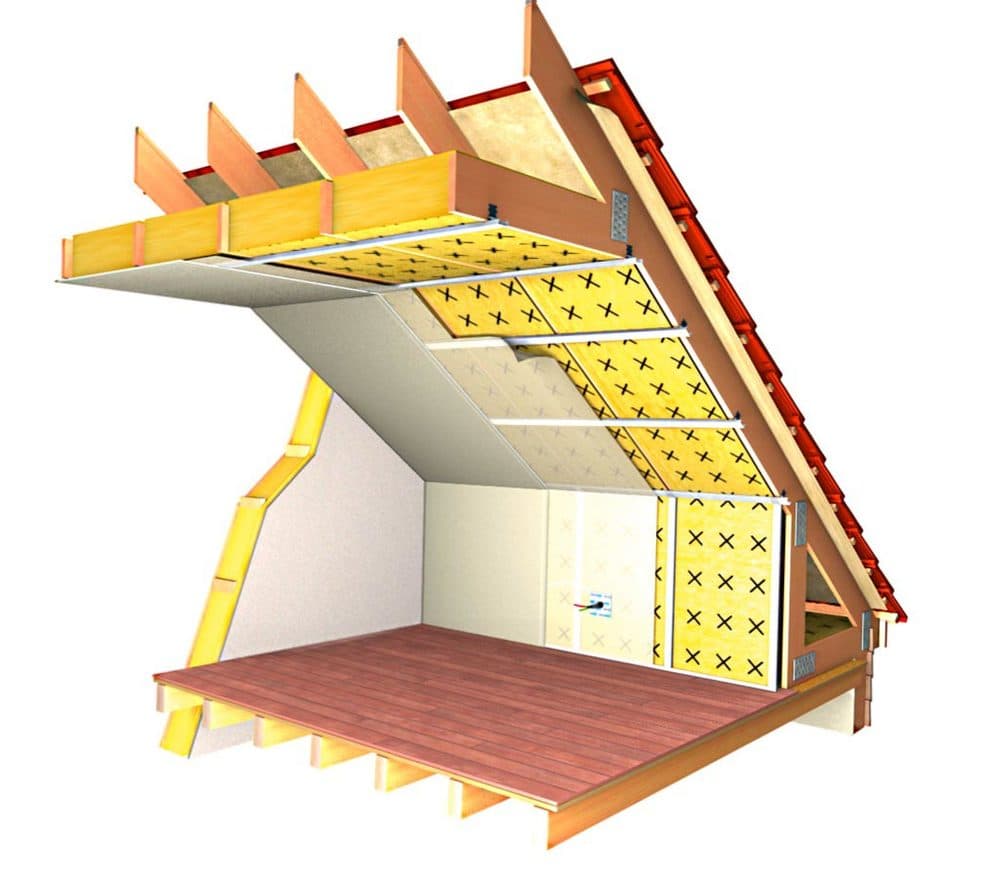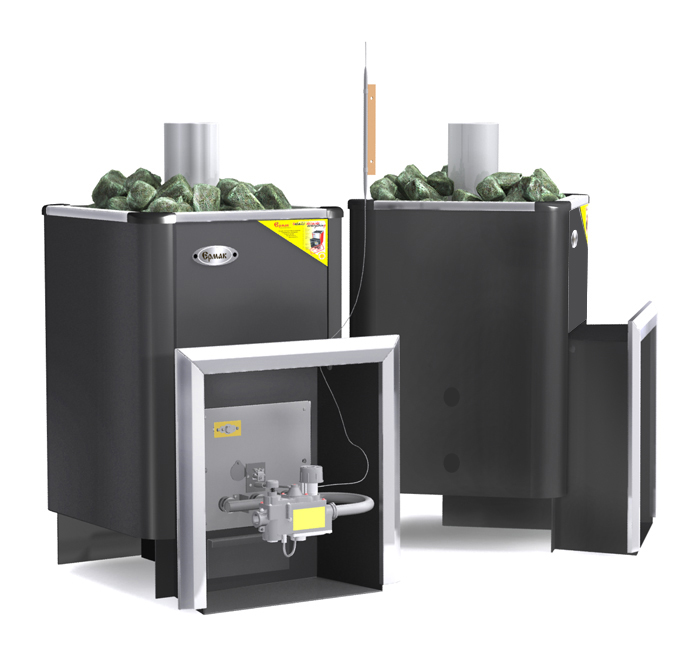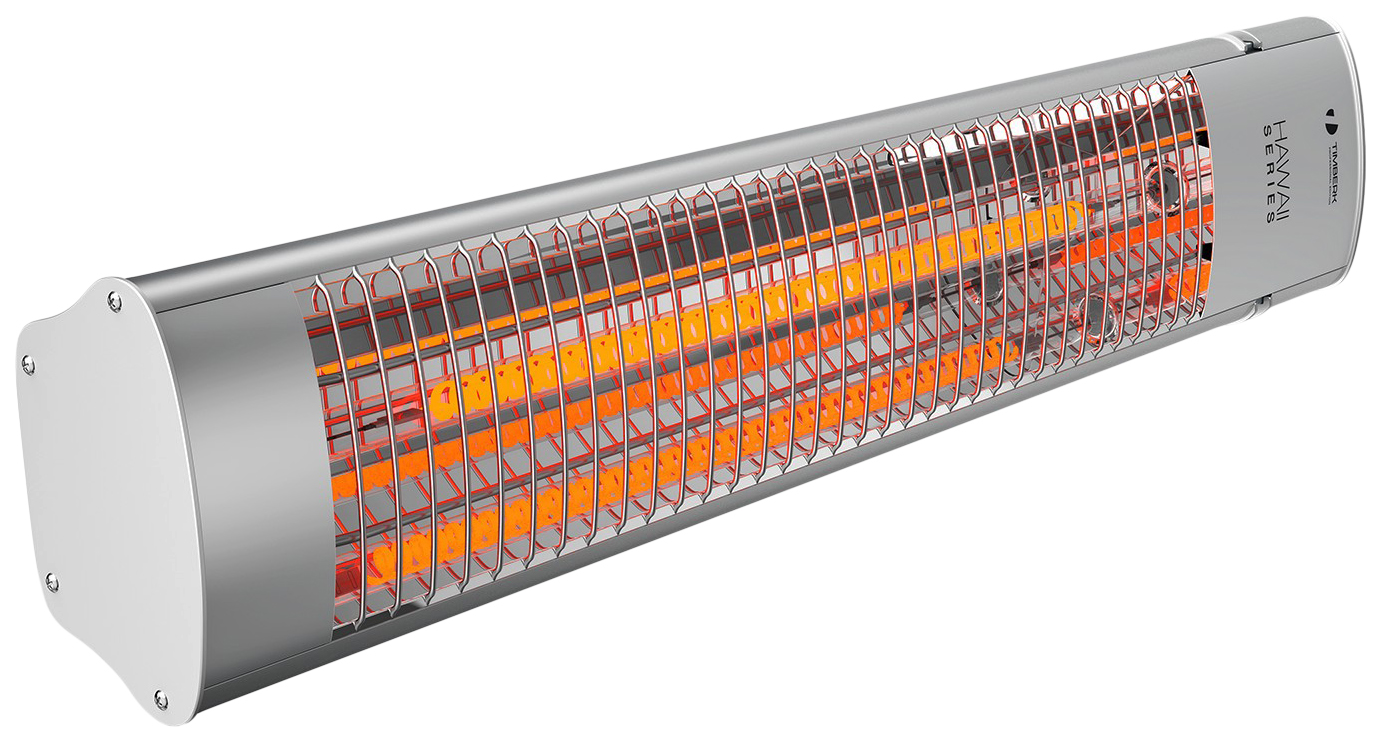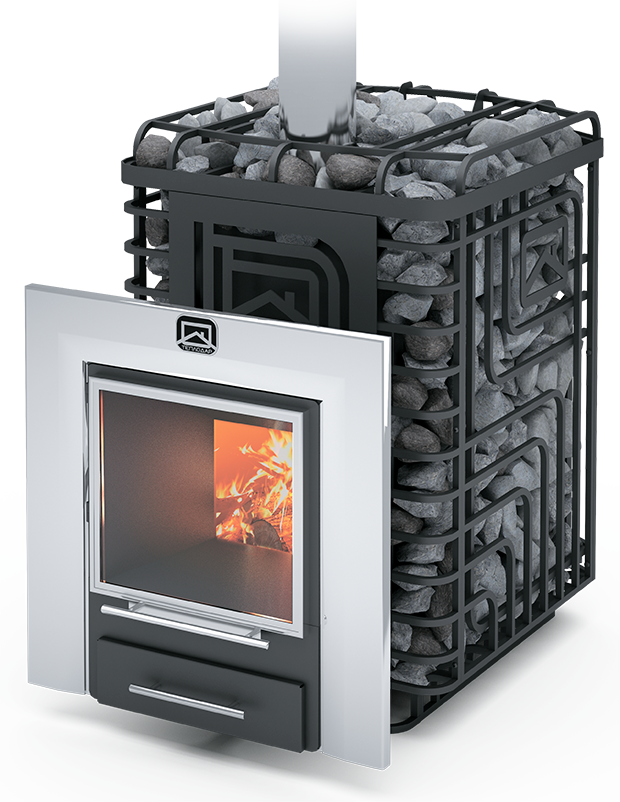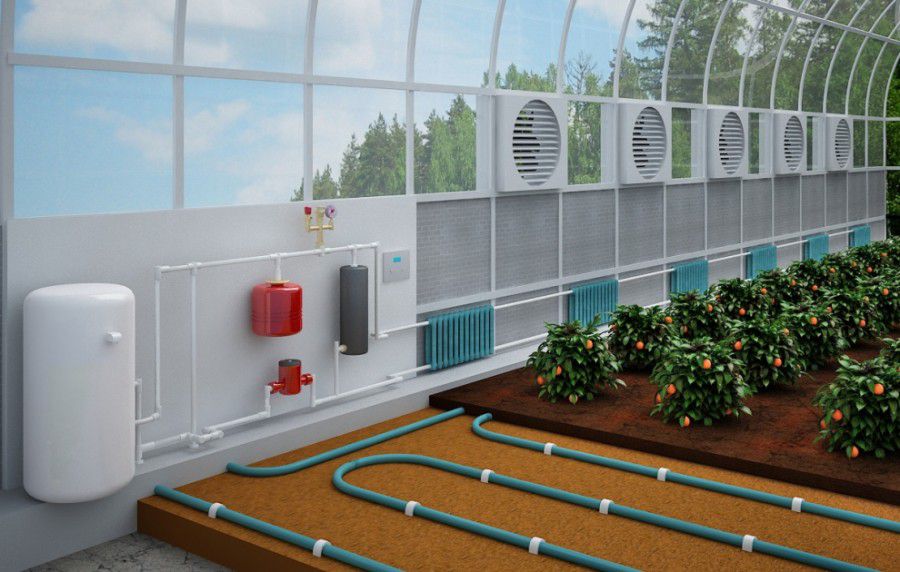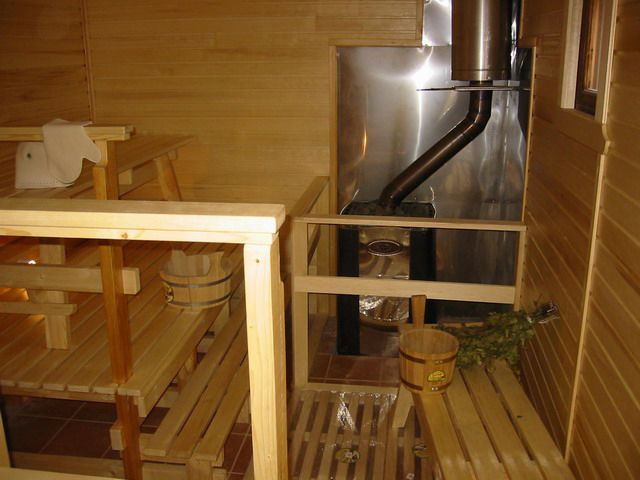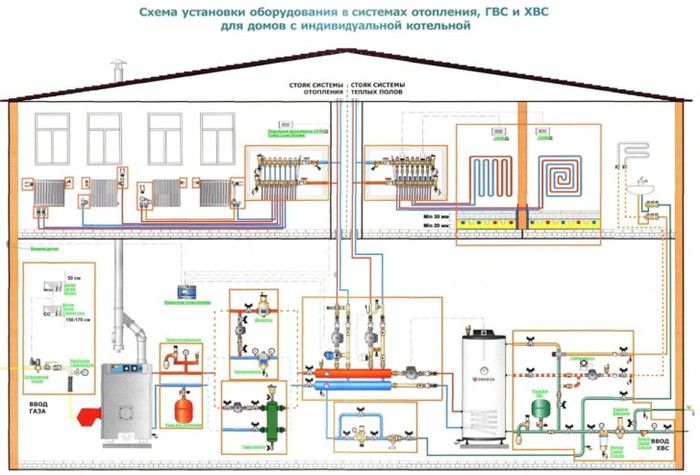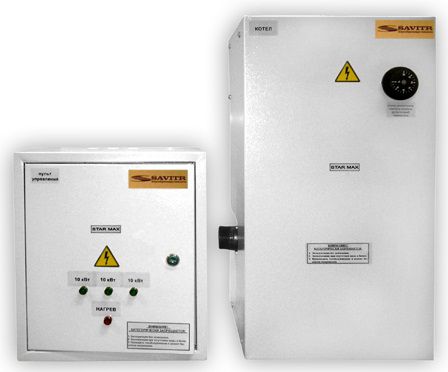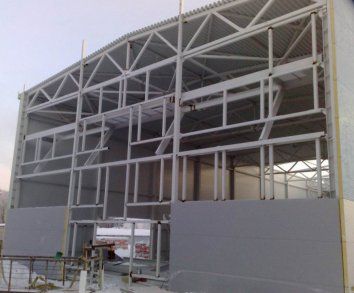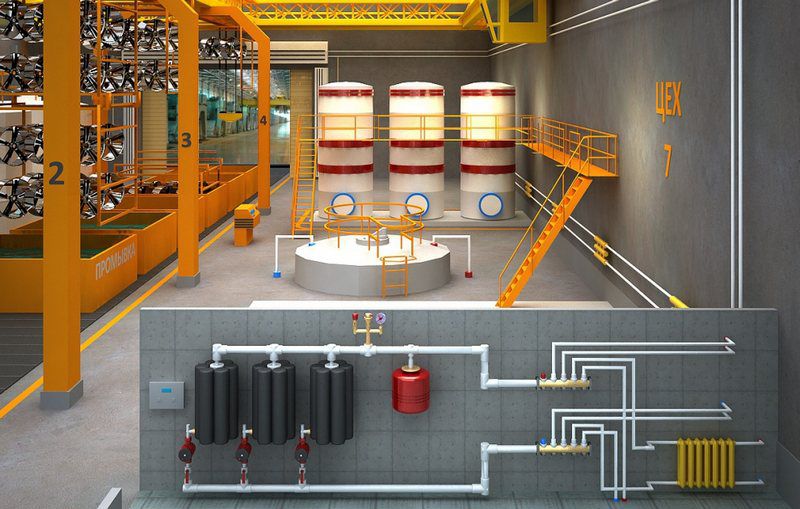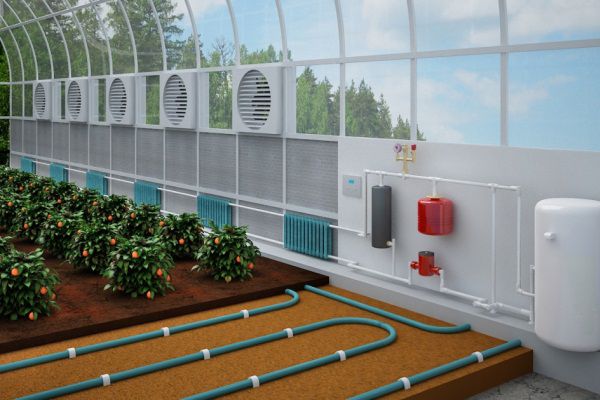Heating in non-residential premises
Principles of heating various rooms and its calculation
The purpose of heating residential premises is to create comfortable living conditions. Whereas the heating of industrial workshops should also provide the best conditions for the operation of equipment and energy savings.
Heating of industrial premises
The peculiarity of industrial premises in huge areas with a ceiling height of 7, sometimes up to 20 meters. Only the lower 1.5 - 2 meters need to be heated. Which is no more than 30% of the volume of the room. It is often necessary to create different temperature and humidity conditions in the same room. In addition, fire safety and sanitary standards should be taken into account.
Taking into account all the requirements, in modern workshops, the technology of infrared heating of industrial premises is increasingly used. The devices emit warm infrared light, which heats the surfaces of equipment, floors, and people. This heating method is much more economical than convective heating, which is widely used for heating non-residential premises.
Installation of infrared heaters requires only electrical wiring. It can be turned off, it does not freeze during long periods of inactivity.
Infrared heaters can not only heat the air, but also contribute to technological processes. Some processes take place at high temperatures. It is possible to provide such heating, but a careful calculation of the heating of the room is necessary.
Infrared heating of industrial premises fully complies with the requirements of sanitation and safety. Such equipment cannot cause a fire, which happens when heating with heat guns.
Heating of residential premises
According to sanitary standards, the optimum living room temperature is +21 degrees, humidity 55%. It is these parameters that the heating system of the dwelling should support.
In order to correctly calculate the heating of the room, it is necessary to measure the humidity of the air and choose heating devices taking into account the obtained indicator.
So, the oil cooler practically does not dry the air. Therefore, it is good for rooms with humidity up to 65%. If the humidity is 75 - 80%, it is necessary to install an electric convector that significantly reduces the air humidity. The convector is mounted under the window, since damp and cold air enters the room from here.
Dry air contains a lot of dust, which can cause allergies and create unsanitary conditions. Therefore, when choosing a heating system for non-residential premises and residential buildings, it is advisable to contact a professional.

